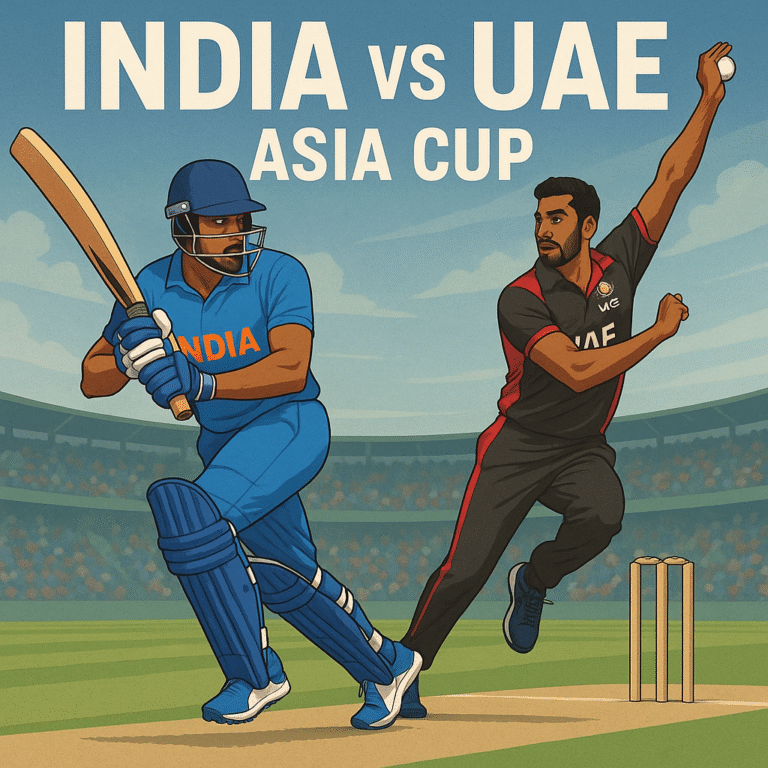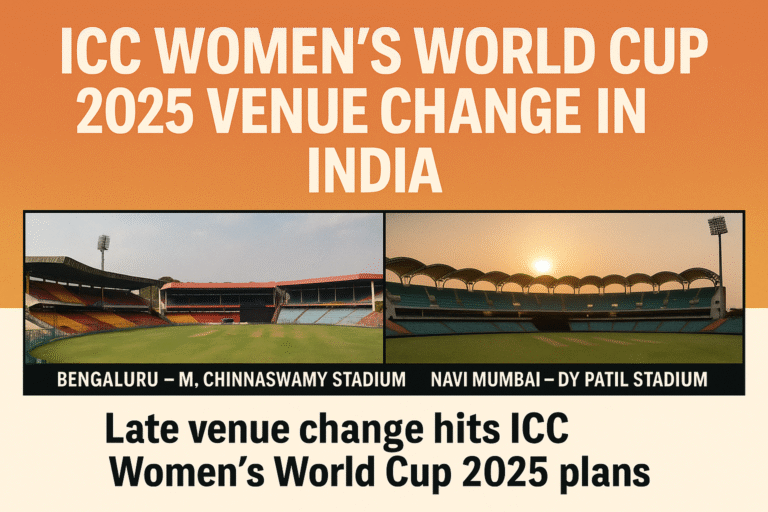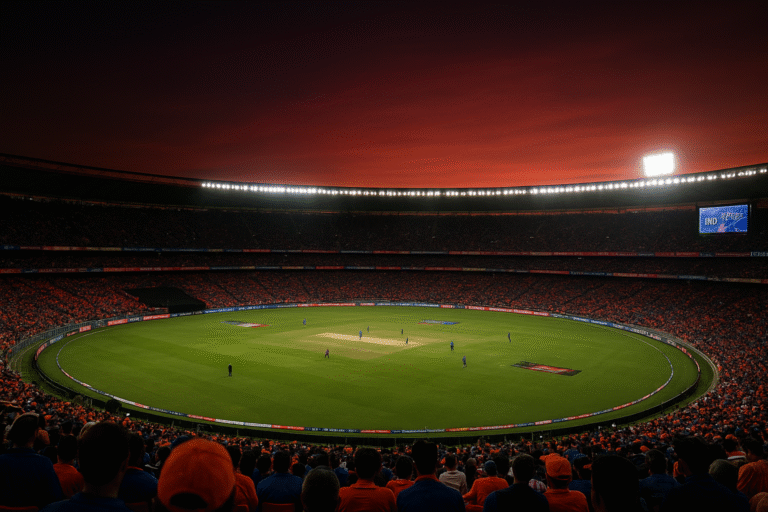The Future of Rohit Sharma and Virat Kohli for the 2027 World Cup

The prospect of Rohit Sharma and Virat Kohli future 2027 World Cup is being hotly debated after the recent opening match of India’s tour of Australia, where both fell well short of expected standards. In the first ODI in Perth, India posted a modest 136/9 in 26 overs, and Australia chased down the target easily to take a 1-0 lead in the series. Crucially, Rohit Sharma managed only 8 runs, while Virat Kohli was dismissed for a duck.
Such performances raise questions about whether these two stalwarts can mount a strong campaign leading into the 2027 World Cup, and whether India should continue persisting with them in one-day internationals until then.
Discussions about Rohit Sharma and Virat Kohli’s future are not new. Both players have been under intense public and media scrutiny for years, with fans often divided over how they’ve been treated by critics and selectors. I explored this angle in another piece: Criticism of Kohli and Rohit Sharma’s Treatment, which looks at how perception has shaped their current narrative.
Performance and Current Form
Rohit Sharma, who has been a dependable opener, and Virat Kohli, a prolific run-getter across formats, bear the weight of expectations whenever India plays. Yet, in this match their returns were negligible. Rohit’s 8 runs and Kohli’s 0 runs came in a game curtailed by rain, but even so the top order collapsed early. For two players of their caliber such outcomes should be exceptions, not signs of decline. This failure must be viewed not in isolation but in the context of what lies ahead: limited match-exposure, fewer ODIs, and the challenge of staying sharp without regular game time.
Limited Match Time and Format Engagement
India’s white-ball schedule in the coming years will see only a handful of ODIs. The opportunities for Rohit and Kohli to play are shrinking. Meanwhile, they have already stepped away from Test cricket, meaning they are participating in only the ODI format (and domestic T20 league if at all), which reduces their competitive engagement.
Without regular match practice, even the greatest players risk looking rusty. Training sessions, nets, and simulation drills help, but they cannot replicate the pressure, timing, and rhythm of actual competitive games. Rohit and Kohli do not play domestic one-day tournaments nor county games abroad, meaning their competitive calendar is limited to the IPL (just two months) and the occasional national assignment. Two months of T20 in the IPL isn’t sufficient preparation for the tactical and physical demands of an ODI World Cup campaign.
The Rustiness Factor
No matter how skilled and experienced a player is, absence of game time gradually undermines reflexes, decision-making under pressure, footwork, and shot selection. With Rohit and Kohli participating in fewer matches, the risk of mismatch versus younger, sharper opponents intensifies. We saw signs of vulnerability in the recent match: early dismissals and an inability to build a foundation in difficult conditions.
By the time the 2027 World Cup arrives, if they have not maintained a steady run of competitive matches, their effectiveness may decline. It is not just about ageing; it is about staying in rhythm. The argument is not ageism, but realism: to remain world-class one must play world-class cricket regularly. Without that, the danger becomes “best performer in nets but not in matches”.
Possible Options for India and the Players
Given this backdrop, a few possible pathways present themselves:
1. Reconsider Test retirement.
If Rohit and Kohli reversed their Test retirements (or at least took part in some red-ball domestic matches), it would restore competitive engagement and prove their match readiness. Playing such matches keeps one sharp, resilient, and adaptable. It also allows longer innings, mental stamina, and the ability to cope with tougher conditions, all valuable for a World Cup context.
2. Play List A cricket or county cricket abroad.
If reinstated in a domestic one-day tournament (or playing county cricket overseas), they would regain much-needed match practice. A stint with an English county or a few domestic games in India would expose them to different conditions, pressure, and match-situations. When the national side calls, they would be battle-ready.
3. India may choose to phase them out of the ODI setup before 2027.
If the team management feels that the risk of decline is too high, they might decide to gradually transition to younger players. That would be tough on sentiment but practical in terms of planning for the future. The World Cup is just over two years away; selections and preparations must consider the long-term rather than only short-term legacy.
Recommendation: India Should Walk a Balanced Path
The optimal path is a balanced approach: keep Rohit Sharma and Virat Kohli in the ODI squad provided they commit to a meaningful amount of competitive cricket in the intervening period. That means:
- They should undertake to play a reasonable number of ODIs and/or List A domestic matches between now and 2027.
- They should not limit themselves to the IPL or occasional one-dayers; they need consistent exposure.
- The Board and selectors should schedule or allow at least one overseas county stint or domestic block for them to stay in match form.
- If they are unwilling or unable to do this, then India’s management must initiate a transition plan for younger players rather than hanging on solely to reputation.
Final Thoughts
The 2027 World Cup could well be the last major global one-day outing for Rohit Sharma and Virat Kohli. The headline making names in Indian cricket deserve a proper swan song, but only if they are match-sharp, contributing, and ready to front up when the pressure is at its highest. A failure to prepare now may leave them in the bracket of “greats past their peak” rather than “greats who bowed out on top”.
India must ask itself: are we keeping Rohit and Kohli because they can still win us matches, or because we owe them the farewell tour? If the former, then the preparations must be rigorous and game-time rich. If the latter, perhaps the time to drop them has arrived.
For the sake of the team and the legacy of both players, ensuring that Rohit Sharma and Virat Kohli are ready for 2027 must outweigh nostalgia. The performance in Perth was a warning sign, not a verdict. The next couple of years will determine whether they arrive for the 2027 World Cup as match-winners or as reminders of a glorious past.





One Comment